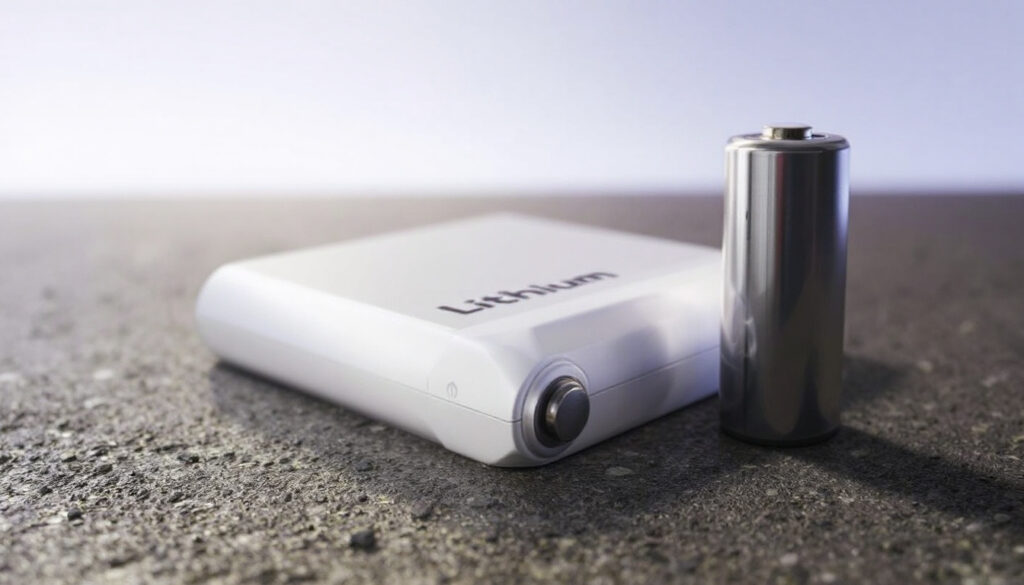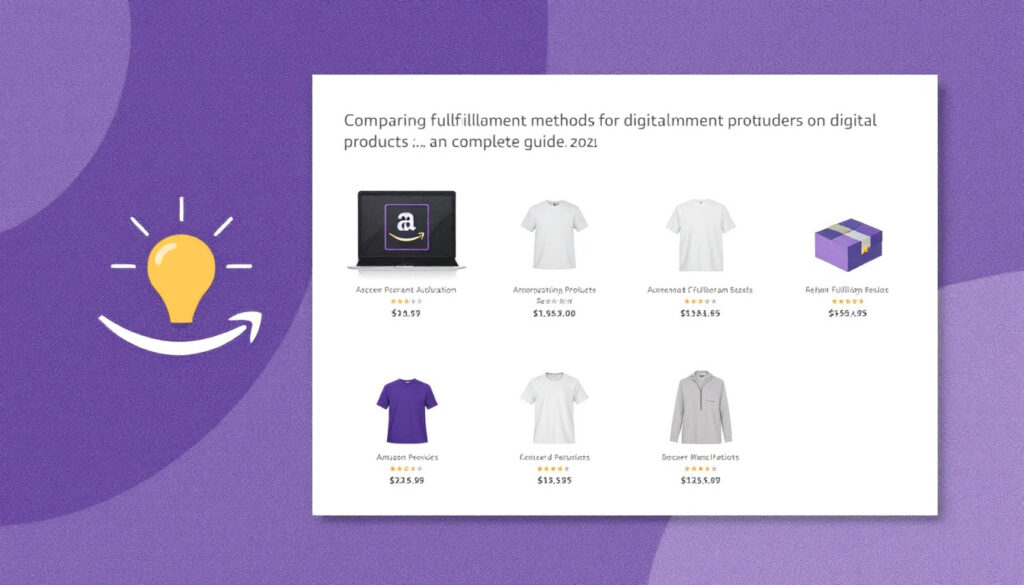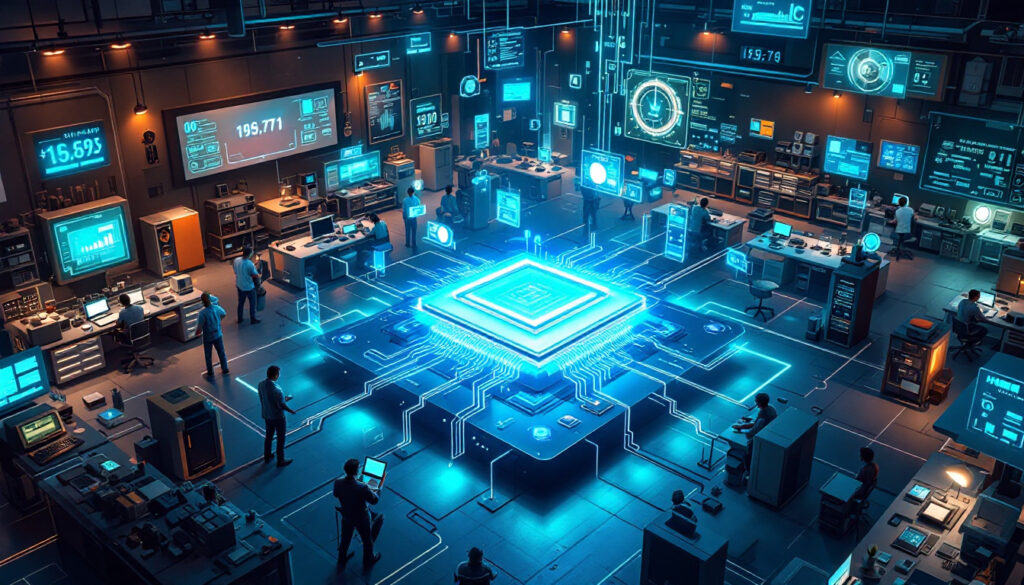Understanding Lithium-Ion Batteries: The Backbone of Modern Technology
Lithium-ion batteries power much of the modern world, seamlessly woven into daily life. From ensuring smartphones stay charged to driving the rapid shift to electric vehicles, their importance cannot be overstated. Offering unmatched efficiency, portability, and energy density, these batteries have become the go-to solution for technologies demanding reliability and performance. Their rise signals a quiet revolution in how energy is stored and utilized, making them a cornerstone in advancing innovation and sustainability ‘Explaining Lithium-Ion Batteries’. The Core Science Behind Lithium-Ion Batteries Lithium-ion batteries have become indispensable for modern technology. Their working mechanism, fine-tuned through years of scientific research, is what has led to their widespread application. To understand why they are so efficient, it’s crucial to examine their design and functionality. Key Components of Lithium-Ion Batteries The performance of a lithium-ion battery is a result of its carefully constructed components, each serving a specific and vital role: Each component works in unison, likened to the gears in a well-oiled machine, ensuring the battery delivers on its promise of efficiency and reliability. Photo by Sergei Starostin To further understand this intricate process, readers can explore How Lithium-ion Batteries Work. Energy Density and Rechargeability One of the standout qualities of lithium-ion batteries is their unparalleled energy density. Energy density refers to how much energy a battery can store relative to its weight. Lithium-ion batteries outclass other types, such as nickel-metal hydride or lead-acid, due to their lightweight and ability to pack a significant amount of power. This makes them ideal for portable devices like smartphones and laptops as well as electric vehicles. Rechargeability is another defining feature. Unlike single-use batteries, lithium-ion batteries can undergo hundreds to thousands of charge-discharge cycles. This resilience is made possible by the chemical properties of lithium, an element whose atomic structure allows efficient energy transfer. Additionally, their quick charging times save users valuable time. Whether you’re powering a car or a smartphone, their robust rechargeability underpins their dominance in today’s portable and sustainable technologies. For an in-depth look into the science guiding battery innovation, check out BU-204: How do Lithium Batteries Work?. Applications of Lithium-Ion Batteries The versatility of lithium-ion batteries lies in their ability to deliver high energy density, long lifespan, and efficient performance across various sectors. From handheld devices to large-scale infrastructure, their impact extends far beyond convenience, shaping industries and enabling progress. Below, we explore their critical applications. Consumer Electronics: Smartphones, Laptops, and Wearables Photo by Anna Tarazevich Lithium-ion batteries power the devices we use every single day: smartphones, laptops, wearables, and tablets. Their compact size and high energy capacity enable sleek designs and lightweight portability. For instance, smartphones rely on lithium-ion batteries to provide longer usage time without sacrificing aesthetics or functionality. This technology also underpins high-performance laptops, offering users the flexibility of computing on the go without needing frequent charges. Wearable devices like fitness trackers and smartwatches further illustrate this by delivering long-lasting energy in profoundly small packages. Incorporating lithium-ion batteries laid the foundation for innovation in portable technology. They allow these devices to function efficiently while catering to our fast-paced, mobile lifestyles. For more insights on energy-related innovations, visit the Clean Energy Institute. Renewable Energy Storage Renewable energy systems like solar panels and wind turbines depend on lithium-ion batteries for efficient energy storage. The intermittent nature of renewable energy necessitates reliable storage solutions that can release power when production is low, such as during cloudy days or wind-free periods. Lithium-ion batteries store electricity harvested during peak production times and release it for use during shortages. Their scalability makes them ideal for residential and industrial applications alike, providing a path toward less dependence on fossil fuels. Robust storage batteries transform renewable energy into a viable, consistent power source, marking a significant step forward in sustainability efforts. Want to learn more about renewable energy storage solutions? Check out this resource. Electric Vehicles and Transportation Lithium-ion technology has arguably found its most transformative application in the transportation industry. Electric vehicles (EVs), electric scooters, and even electric aircraft depend on these batteries to operate efficiently. They deliver the high energy density required to generate significant driving ranges while remaining lightweight enough to keep vehicles efficient. In EVs, lithium-ion batteries have also contributed to reducing carbon emissions. By converting traditional gasoline engines to electrical power, they cut greenhouse gas emissions significantly, contributing to global environmental objectives. Moreover, advancements in battery recycling are making EVs even more sustainable. As demand for efficient, green transportation grows, the role of lithium-ion batteries continues to scale. Advanced applications like electric airplanes further demonstrate the flexibility of this technology to revolutionize industries. Explore EV battery performance innovations on RELiON’s application page. Advantages and Challenges of Lithium-Ion Batteries Lithium-ion batteries have revolutionized how we power everything from smartphones to electric vehicles. Their high energy efficiency, scalability, and lightweight nature make them a staple in numerous industries. However, like any technology, they also come with challenges, particularly when it comes to environmental impact and safety risks. Below, we’ll break down their key advantages and challenges. Efficiency and Scalability Benefits Lithium-ion batteries distinguish themselves with impressive power efficiency and scalability, making them suitable for various applications. By combining these factors, lithium-ion batteries become the go-to solution for both small consumer gadgets and large-scale systems like grid storage for renewable energy. For more on how battery type impacts energy systems, see Lithium-ion Battery – Clean Energy Institute. Environmental and Safety Concerns While lithium-ion batteries excel in performance, they bring forth important environmental and safety debates. Thermal Runaway and Fire Risks A significant safety concern lies in their vulnerability to thermal runaway, a chain reaction where the battery overheats and risks catching fire. This is why we often hear about safety measures in the aviation industry or specific recalls due to battery malfunctions. Mining of Rare Earth Metals The extraction of lithium and cobalt—the critical components in these batteries—brings its own environmental and ethical challenges. Mining these materials uses significant energy and often takes place in regions where labor and environmental standards are questionable.










